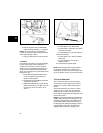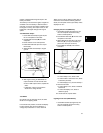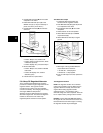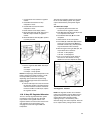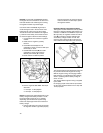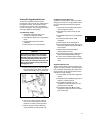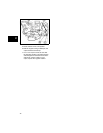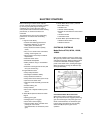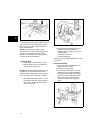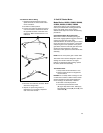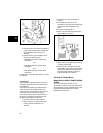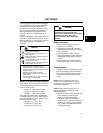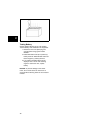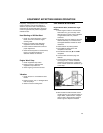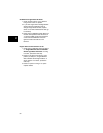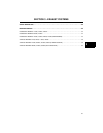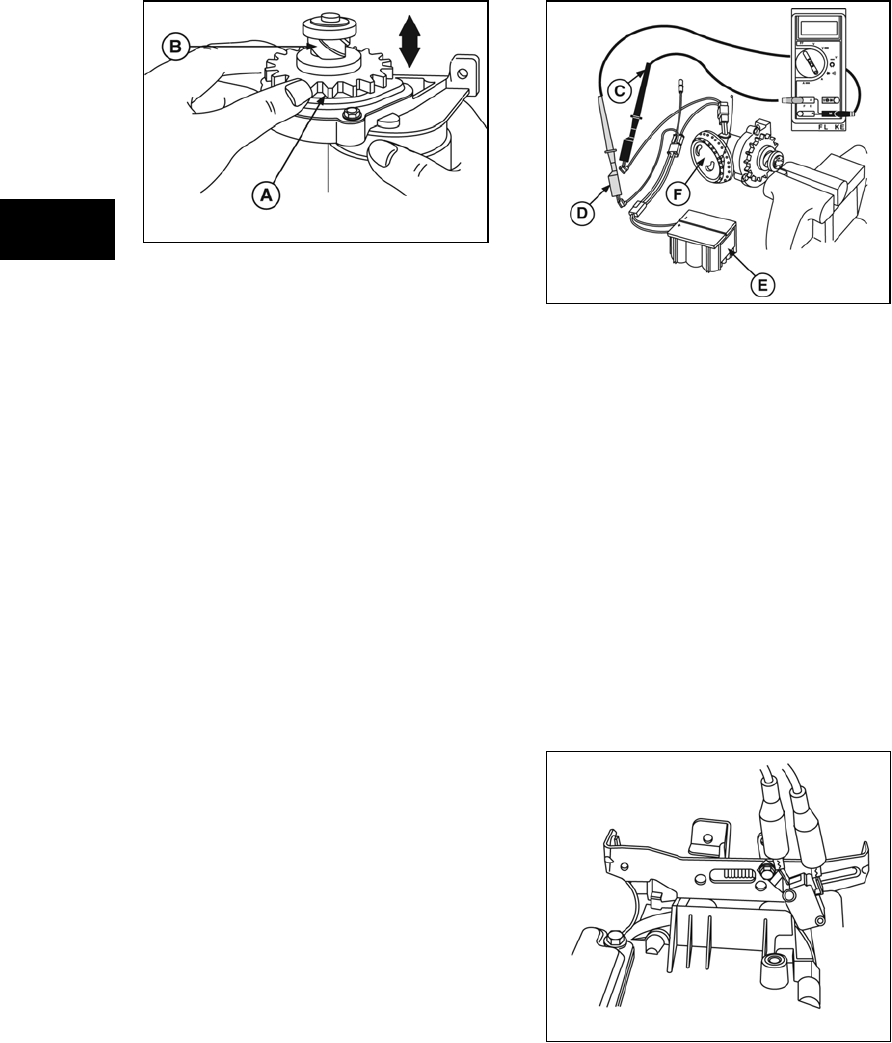
44
2
2
Figure 34
If the pinion gear sticks, clean the helix and gear
with a mild solvent and compressed air. If the
pinion continues to stick, replace the entire
starter drive assembly.
NOTE: Do not oil the pinion gear or helix.
The starter motor clutch is designed to prevent
damage from shock loads such as engine
backfire. If clutch slips while cranking, replace
the entire starter drive assembly.
Test Starter Motor
1. Clamp starter motor test fixture in vise.
2. Remove starter motor from engine and
mount to fixture (Figure 35).
NOTICE: Do not clamp motor housing in a vise
or strike with a hammer. Most starter motors
contain ceramic magnets that can be damaged if
the motor housing is hit, deformed, or dented.
3. Set meter to DC Amps position. Connect
the black test lead (C), red test lead (D),
starter motor, battery (E), and meter as
shown in Figure 35.
Figure 35
4. Using Tachometer #19200 (F), spin the
starter motor and note RPMs and
amperage draw. A starter motor in good
condition will be:
• 1400 RPM (minimum)
• 9 Amps (maximum)
If starter motor is not within specifications, it must
be replaced.
Test Interlock Switch
1. Disconnect interlock switch wires from
spade terminals on switch.
2. Set meter to Ohms position.
3. Connect meter test leads to two spade
terminals of switch (Figure 36). Meter
should read no continuity. If switch fails,
replace the switch. Push switch lever in
until it clicks. Meter should read low
resistance. If switch fails, replace the
switch.
Figure 36



